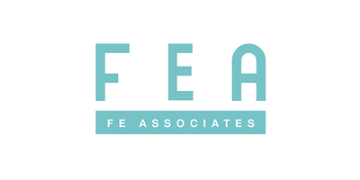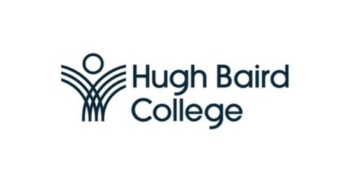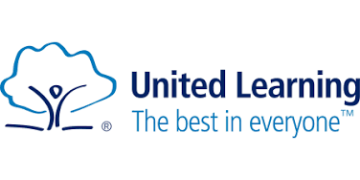Amid the many challenges Professor Becky Francis faces with her review of curriculum and assessment is a deepening crisis in modern foreign languages (MFL).
In a report for the Higher Education Policy Insititute (HEPI), The Languages Crisis: Arresting Decline, Megan Bowler sets out the sad reality of the status of languages in England. Not only are they perceived as ‘difficult and dull’ by learners but, she finds, the gap in language study between year 11s from the most and the least affluent backgrounds is now 20 per cent.
This is hard to read for linguists, but the good news is that the cure to growing monolingualism is firmly within the grasp of the curriculum and assessment review.
Previous attempts highlighted by Nick Gibb in the report’s foreword have tried to grapple with the issue through accountability measures designed to drive students into language classrooms.
However, none of these have reversed a worrying trend that sees students shy away from languages post 16 in favour of subjects they perceive as easier or more relevant to their careers.
Meanwhile, a knowledge-rich approach to language learning promoting the importance of phonics, vocabulary and grammar as the ‘three pillars of language learning’ has so far failed to deliver the better outcomes it promised. So what now?
A growing evidence base suggests The Common European Framework of Reference for Languages (CEFRL) could hold the key to re-engaging and motivating reluctant language learners who abandon languages, not only because of the level of challenge, but also because they find the curriculum and assessment irrelevant.
Ryan & Deci (2000)’s work on self-determination and self-motivation is often quoted in the world of MFL. Their conclusion is that language learning often requires an element of self-motivation.
Celebrating multilingualism could be the key to this crisis
With over 25 years’ experience as a linguist and as a language teacher in secondary settings, I often find that what drives engagement and motivation is cultural awareness, authenticity and a chance for students to be creative with the language.
In other words, emphasising communication within real and authentic contexts is more effective than contrived expression designed to generate an easily-assessable finished product.
This is what the CEFRL does well. Adopted and standardised across European countries in education systems for over two decades, the CEFRL divides knowledge and skills into competencies with an emphasis on communicative or linguistic competences, sociolinguistic competence and pragmatic competence.
From ‘basic’ to ‘proficient’, the CEFRL levels are designed to be achieved with a certain number of hours of instructions. For example, A2 level requires around 250 hours, which is largely achievable from key stage 3 to year 11.
So why not base our MFL curriculum and assessment on an expectation that learners achieve this level of communication and skill by the age of 15? Indeed, the model has long been adopted in French schools.
Imagine a GCSE paper where, instead of describing their town in 60 words, candidates would write emails in the target language turning down an invitation or making a reservation for an events. Or a speaking exam where candidates focus on solving a daily life problem with the examiner instead of engaging in a rigid role-play.
What the curriculum and assessment review can offer is a new perspective, one where students become linguists aiming for problem-solving skills using their knowledge of culture, vocabulary and grammar to be creative with the language.
Inspired by Queen’s College Oxford’s programme, Think Like a Linguist, I believe that there is scope to move away from rigid schemes of work based on topics and themes towards an integrated curriculum where students learn the language through relevant careers workshops, creative and authentic translation and making connections with their own language(s).
Celebrating multilingualism as an important life skills rather than just an accountability measure could be the key to this crisis. Indeed, there should be no language crisis in a nation where multilingualism is the norm for as many as one in five pupils.
The CEFRL model could being relevance back languages, rescuing them from their current status as abstract, elitist and disconnected from the rest of the curriculum. It would offer teachers and learners the freedom to balance knowledge and skills, and to validate what our students can do.
With a national strategy for languages promoting a linguistic mindset as an asset for life, we could finally meet the national curriculum goal of ‘liberation against insularity’ and solve the languages crisis once and for all.
Juliette Claro is the co-founder of the Association for Language Learning’s special interest group on creativity in MFL










Quite astonishing that we have been purposely turning pupils off school language learning when the CELF has been available for many years. Teenagers love languages (as Duolingo shows), just not the way we have been teaching it in schools for the last 10+ years.
Agreed! There is another way…